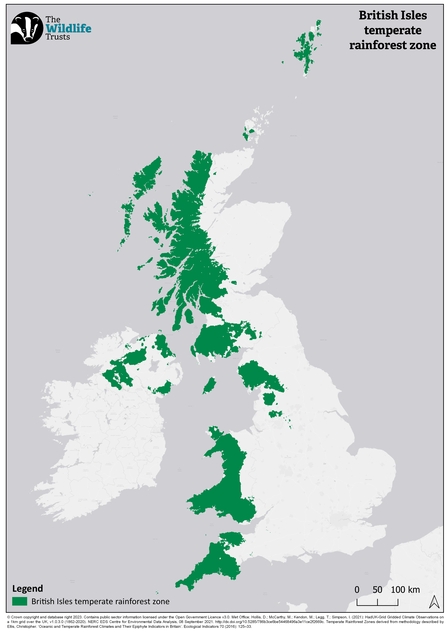Today, Manx Wildlife Trust (MWT) announce a new project to restore a rainforest at Glen Auldyn thanks to The Wildlife Trusts’ long-term partnership with Aviva. At 1,124 acres – with 750 acres suitable for rainforest habitat – it is the largest plantable area to enter The Wildlife Trusts’ rainforest recovery programme so far and will be the biggest nature reserve in the Island.
Rainforests of Britain & Ireland have been largely destroyed over hundreds of years and now cover less than 1% of Great Britain. The restoration of this precious habitat is part of a wider programme of nature-based projects funded by Aviva to remove carbon from the atmosphere and to help nature recover.
Local communities in and around Ramsey in the north of the Isle of Man will be closely involved in the project and will benefit from increased access to nature, volunteering, educational and employment opportunities. Rainforest restoration will also provide cleaner air and water, and reduced risk from flooding in an area of high flood risk.








